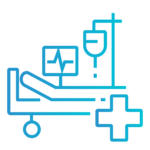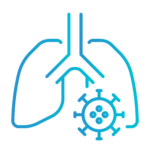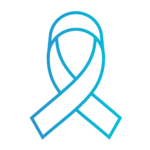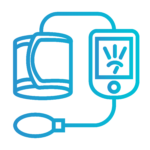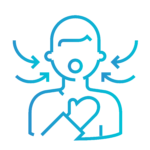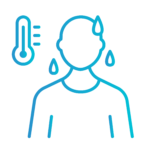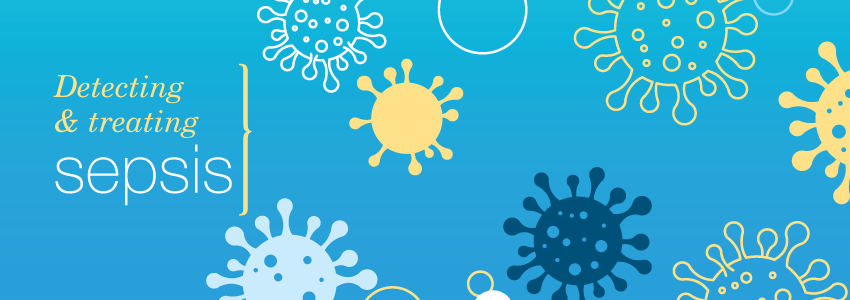

When bacteria get into a person’s body, it can cause an infection such as a urinary tract infection or pneumonia. If left untreated these infections can cause sepsis. Sepsis is the body’s extreme response to the infection and triggers a chain reaction throughout your body. Bacterial infections cause most cases of sepsis but they can also be the result of viral infections like the flu or COVID-19. Without timely treatment, sepsis can rapidly lead to tissue damage, organ failure, and death.
What is NMC measuring?
Early detection and treatment of sepsis are the most important factors in reducing illness and death from sepsis but delays in recognition and initiation of appropriate therapy have made sepsis the most common cause of death in U.S. hospitals.
The Centers for Medicare and Medicaid adopted a measure called the Severe Sepsis and Septic Shock Early Management Bundle which outlines a series of time-sensitive treatments and tests for patients with sepsis. The treatments and tests within this bundle include:
- antibiotic and fluid administration
- vasopressors, if needed
- lactate measurements
- blood cultures
How is NMC doing?
Initial review of NMC’s Sepsis data indicated that we fell below the national average in the percent of patients who received bundle-compliant care for sepsis. Efforts toward improving care for sepsis patients started in the Emergency Department by convening a group of nurse and provider champions who worked together to adopt workflows and tools that make prompt detection and treatment easier.
What is NMC doing to improve?
Immediate communication
Sepsis has been given a code-status within the Emergency Department so urgent communication is shared with the team immediately when sepsis is suspected.
Immediate treatment
The creation of standard orders for nursing staff, means that treatment can be initiated immediately once sepsis is recognized.
Improvements to our Electronic Medical Records
The CMS approved bundle has been built as a treatment module within the Electronic Medical Record and a sepsis flag has been added, creating an additional alert for staff.
What can patients & visitors do to help?
Anyone can get an infection, and almost any infection, including COVID-19, can lead to sepsis. Patients and their visitors should be aware of who is at highest risk and the signs and symptoms of sepsis.
Who is at higher risk?
A medical assessment by a healthcare provider is needed to confirm suspected sepsis. However, a patient with sepsis may have one or more of the following symptoms:
Helping our patients understand safety measures and data
Please reach out to us with any questions or concerns about what Northwestern Medical Center is doing to keep patients safe. It is important that we all work together to prevent infections and attain the best possible health outcomes.


